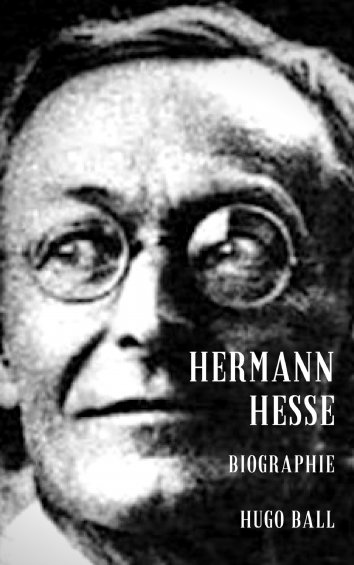
The final page of the preface offers some explanation for these antithetical characteristics of the Steppenwolf. He is both touching and imploring, ironic and sincere, stereotypically intellectual yet not a persona, powerful yet gentle, spirited yet dying, self-effacing yet unconditionally loving, a martyr yet self-indulgent, and Christian while Nietzschean. He is both inside and outside – within the bourgeois house yet looking into the window as an outsider. He is also simultaneously mysterious and predictable (his manuscript, for example, corresponds to expectations of him). He is allusive yet straightforward, amiable but hostile, a foreigner yet not too distant.

The Allusiveness of the Steppenwolf: The Steppenwolf is described as a very allusive, paradoxical, and mysterious character from the beginning. The book is presented as a book-in-a-book, reminscent of the style of Lolita in some ways, although more explicitly a “meta-book.” Overall, the Steppenwolf is constructed as an exotic yet real and grounded figure by the narrator. Another example in which the narrator contradicts himself is when he says he won’t moralize yet offers his moral judgments (which seem capitalistically Protestant) on some of Steppenwolf’s behaviors, such as his drinking and lack of organization. A discussion on class structure will follow later when I analyze the narrator and the Steppenwolf’s social roles.

He is a businessman with intellectual tendencies, not the opposite. Perhaps such self-contradictions highlight the narrator’s flirtation with intellectuality – he enjoys books but is not devoted to them like the Steppenwolf is, therefore he is not so scrupulous in doing what he says he will do. The narrator displays similar faults through self-contradictions, such as when he tells us he won’t psychologically analyze the Steppenwolf and then does so just a few pages later. On page 10, he notes, “My original aim was to uncover his picture by degrees while telling the course of my gradual acquaintance with him,” an aim which he undermined. He introduces the manuscript rather clumsily, for example by conveying essentially what the Steppenwolf meant to him within the first several pages in the preface whereas he intended to delay this exposition until the end.

The former is characterized as a bourgeois business-man who also has made intellectual pursuits, such as as a Greek scholar in school. The presenter of this texts lived in the same building as the Steppenwolf although did not have much intimate knowledge of him. 3-22): The preface introduces the manuscripts of Harry Haller, or the Steppenwolf.


 0 kommentar(er)
0 kommentar(er)
